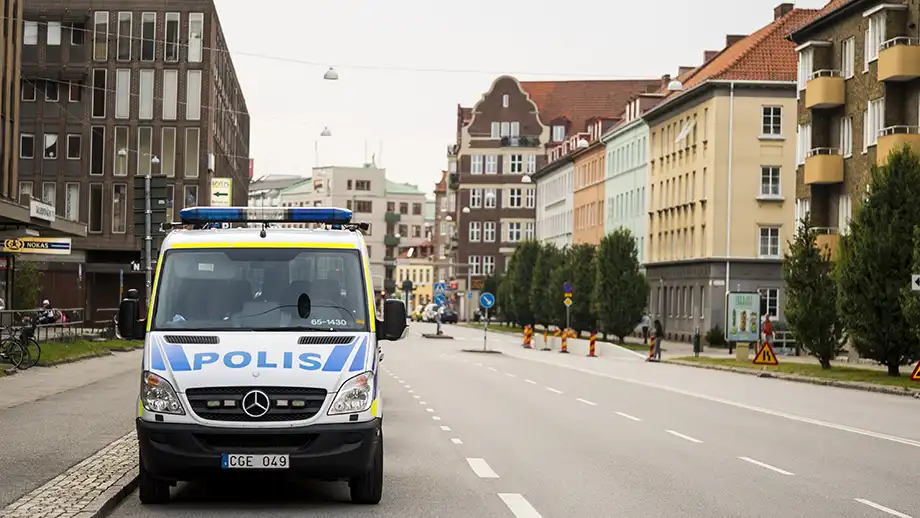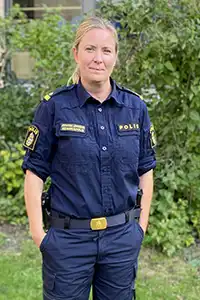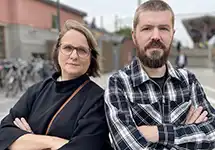KTH supports municipalities in the fight against gang crime

KTH researchers have developed working methods that make it easier for municipalities to work together to prevent young people from being drawn into criminal gangs.
“It's about how to work across administrations and sectors, about really utilizing expertise and experience to approach the
issue in new ways,” says Susanne Nilsson, a researcher in innovation management and collaboration who led the one-year pilot project NÄST.
The research group has helped four municipalities in their work to start up local Bob councils. The government assignment Bob – children and young people in organized crime – means that the police, social services, schools, and leisure services, which previously worked on the issue separately or in different constellations, will now introduce a new collaboration structure.
Four workshops
The researchers enlisted the help of experts in crime prevention, systemic design, learning, and how different actors can collaborate to tackle complex societal challenges in new ways.
“Together with two other experts in agile working methods and self-organization, we designed four research-based workshops to strengthen the innovation capacity of municipal actors, help them utilize their respective experiences, and create a common understanding,” Nilsson says.

“Collaboration is important”
One of the municipalities participating in the project is Sundbyberg. The municipality has a classified risk area with problems involving criminal networks, but also open drug scenes.
“Like many other similar areas, this affects young people who grow up and spend time in these environments. We have had a number of young individuals linked to serious organized crime, where collaboration is important,” says Police Inspector Johanna Lehnberg, who is a municipal police officer in Sundbyberg.
“Was a great help”
The municipality launched its Bob Council in the spring of 2024. In early 2025, a structure and functions for the council were established in collaboration with KTH researchers.
“We have a good consensus and common goals for our work, which the four workshops have contributed to. It was very helpful to have an external party lead the work. At first, it felt like a detour, but in the long run, it helped us find a well-established structure,” Lehnberg says.
“An innovation process”
According to Susanne Nilsson, municipal representatives have gained a greater understanding of each other’s competencies and how they can work together more effectively, although there is still work to be done to achieve the desired results.
“We contribute knowledge in innovation management, and our strength is that we have both a process perspective and a systems approach, which helps when it comes to finding solutions in new constellations of actors,” she says.
Text: Sabina Fabrizi ( sabina@kth.se )

